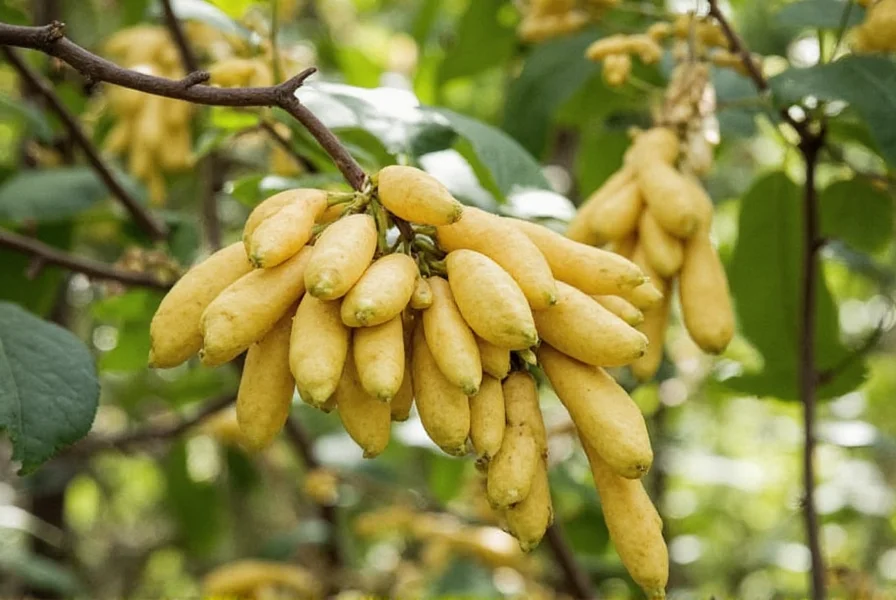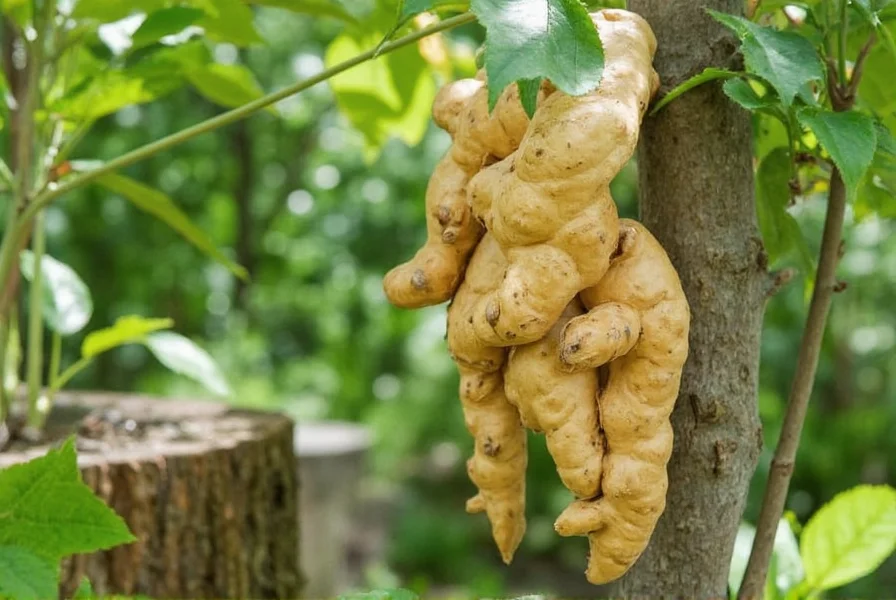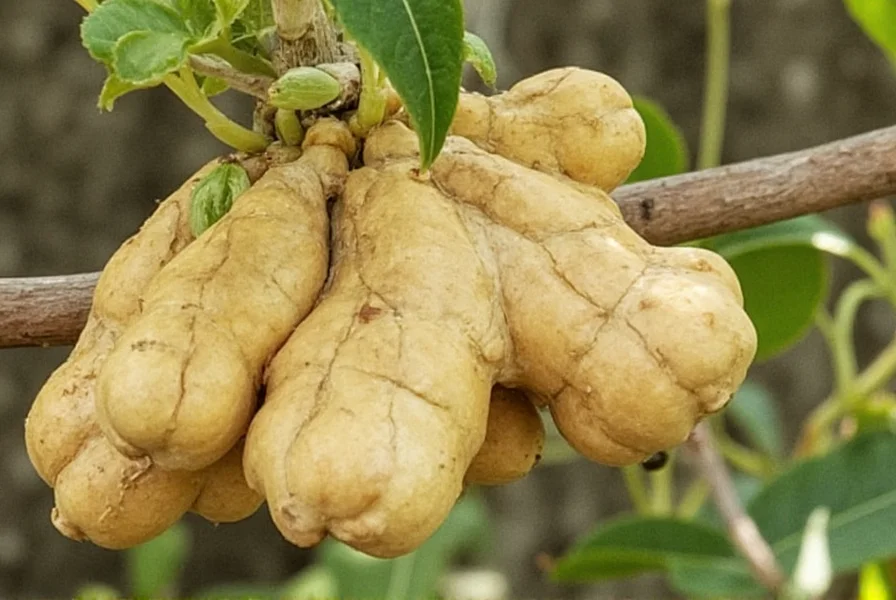Growing ginger at home provides fresh, organic spice while reducing grocery costs. This tropical perennial thrives in containers indoors or shaded outdoor spaces, making it accessible even for apartment dwellers with limited gardening space. Unlike store-bought ginger that may contain growth inhibitors, homegrown varieties offer superior flavor and eliminate concerns about chemical treatments.
Why Grow Your Own Ginger?
Home cultivation solves common problems with store-bought ginger, which often contains sprout inhibitors like maleic hydrazide. Freshly harvested ginger contains higher concentrations of beneficial compounds like gingerol. A single rhizome can produce multiple harvests through successive plantings, creating a sustainable supply. Container gardening allows precise control over soil conditions, preventing issues like root rot that commonly affect ginger in poorly drained environments.
Essential Materials for Growing Ginger at Home
Select these key components for successful ginger cultivation:
| Item | Recommended Specifications | Why It Matters |
|---|---|---|
| Ginger rhizome | Fresh, plump with visible eye buds | Dormant store-bought ginger often won't sprout |
| Container | 12-16 inches deep, drainage holes | Prevents water accumulation that causes rot |
| Soil mix | 2:1 potting soil to compost ratio | Provides nutrients while maintaining aeration |
| Watering tool | Misting bottle or gentle watering can | Prevents soil erosion around delicate sprouts |
Step-by-Step Ginger Growing Process
Selecting and Preparing Ginger Root
Choose organic ginger from the grocery store to avoid sprout inhibitors. Look for plump rhizomes with multiple eye buds (small bumps where sprouts emerge). Soak the root in water for 24 hours before planting to activate growth hormones. Cut sections with at least one eye bud using sterilized scissors, then let cut surfaces dry for 24 hours to prevent rot.

Planting Ginger Properly
Fill your container with 2 inches of soil mix. Place ginger sections with eye buds facing upward, covering with 1-2 inches of soil. Water thoroughly until drainage appears, then maintain consistent moisture without saturation. Position containers in warm locations (70-85°F) with indirect light. Ginger requires 8-10 months to mature fully, but you can harvest small amounts after 4 months.
Optimal Care Requirements
Maintain these conditions for healthy ginger growth:
- Watering schedule: Keep soil consistently moist but not soggy. Reduce watering in winter when growth slows
- Fertilizing: Apply balanced liquid fertilizer monthly during active growth periods
- Humidity: Mist leaves regularly or use a humidity tray in dry environments
- Temperature: Protect from temperatures below 50°F which can damage roots
Common Growing Challenges and Solutions
Address these frequent issues when growing ginger at home:
- Yellowing leaves: Usually indicates overwatering. Allow top inch of soil to dry between waterings
- No sprouting: Ginger requires warmth to germinate. Use a heat mat to maintain 75°F+ soil temperature
- Root rot: Caused by poor drainage. Repot in fresh soil mix with added perlite for better aeration
- Pest infestations: Spider mites attack ginger in dry conditions. Increase humidity and spray with insecticidal soap
Harvesting and Storing Your Homegrown Ginger
Begin harvesting when leaves yellow and die back naturally. For mature ginger, wait until 8-10 months after planting. Carefully dig around the edges of the container to expose rhizomes without damaging them. Cut sections as needed, leaving part of the root system intact for continued growth. Store harvested ginger in a paper bag in the refrigerator for up to 3 weeks, or freeze peeled pieces for longer storage.

Extending Your Ginger Growing Season
Continue production year-round by dividing rhizomes during harvest. Save 1-2 inch sections with active buds for replanting. Ginger enters dormancy when temperatures drop below 60°F, but you can maintain growth indoors with supplemental lighting. In colder climates, bring containers indoors before first frost and reduce watering during winter months.
Frequently Asked Questions
How long does it take to grow ginger at home?
Ginger requires 8-10 months to reach full maturity when grown at home. You can harvest small amounts of young ginger after 4-6 months, but the rhizomes will be smaller and more delicate. The growing timeline depends on maintaining consistent warmth (70-85°F) and proper moisture levels throughout the growing season.
Can I grow ginger indoors year-round?
Yes, ginger grows well indoors when provided with bright, indirect light and consistent humidity. Use a container with drainage holes placed near an east-facing window or under grow lights. Maintain temperatures between 70-85°F and mist leaves regularly in dry environments. Indoor ginger requires less frequent watering during winter months when growth naturally slows.
Why isn't my ginger sprouting?
Ginger requires specific conditions to sprout: warmth (soil temperature above 70°F), consistent moisture, and viable rhizomes. Store-bought non-organic ginger often contains sprout inhibitors. Use organic ginger with visible eye buds, soak for 24 hours before planting, and maintain warm conditions. If still not sprouting after 4 weeks, the rhizome may be too old or damaged.
How do I prevent ginger root rot?
Prevent root rot by using a well-draining soil mix (2:1 potting soil to compost) with added perlite. Choose containers with adequate drainage holes and avoid letting plants sit in water. Water only when the top inch of soil feels dry. During cooler months, reduce watering frequency as ginger's water needs decrease. If rot occurs, remove affected sections and repot in fresh, dry soil mix.











 浙公网安备
33010002000092号
浙公网安备
33010002000092号 浙B2-20120091-4
浙B2-20120091-4